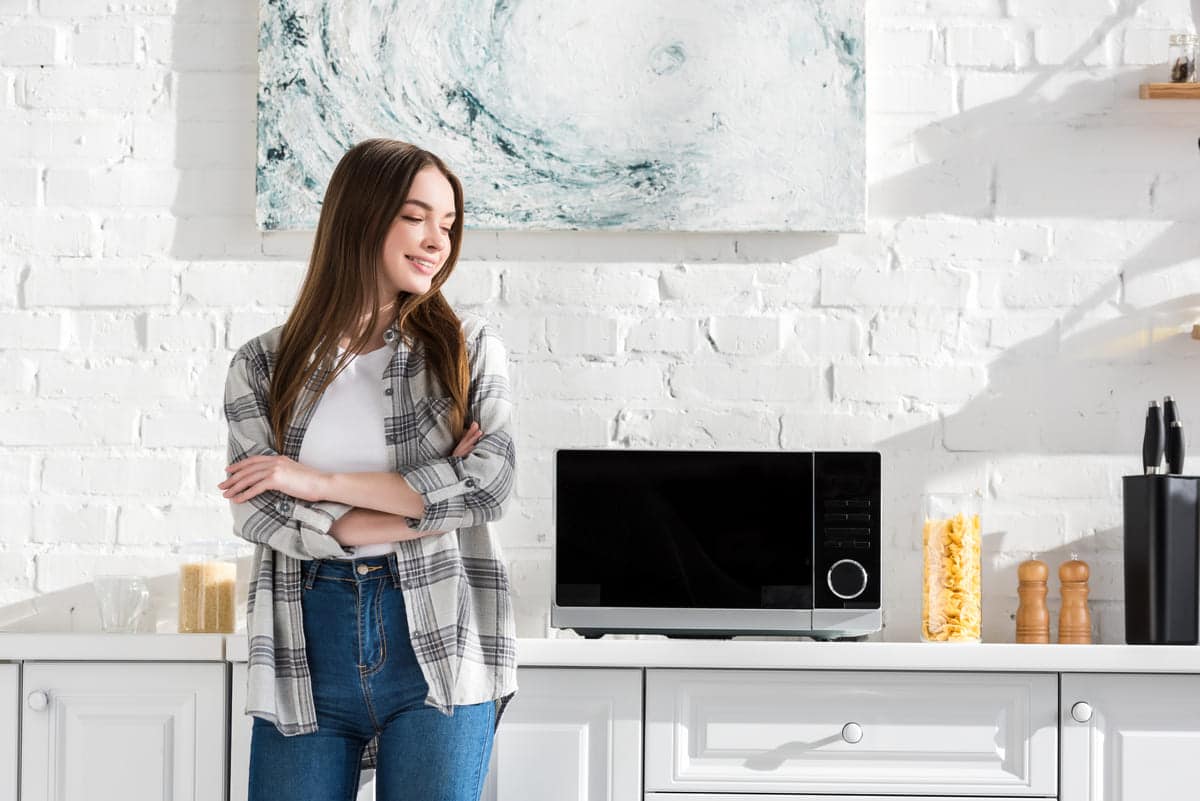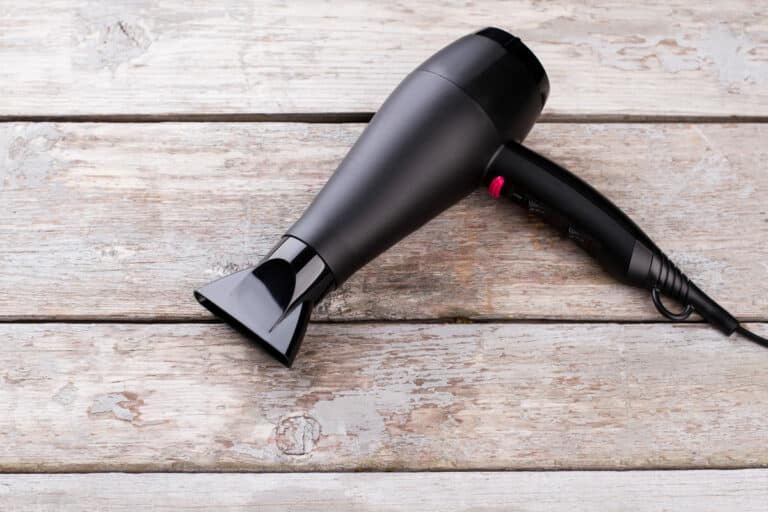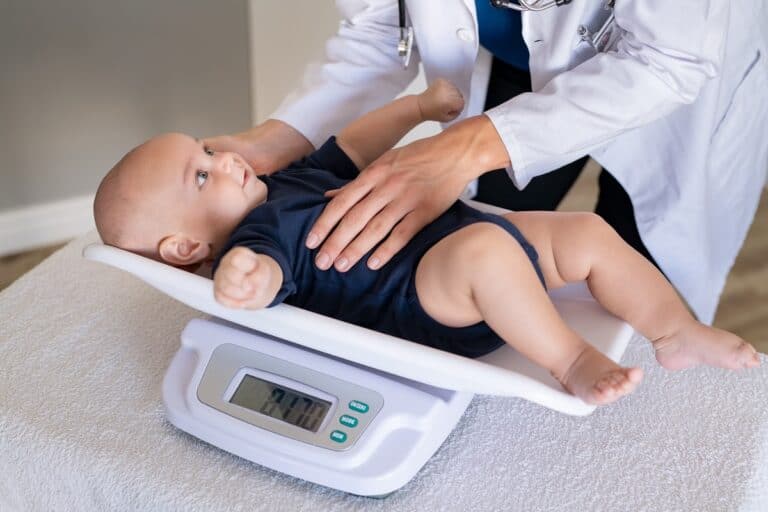Navigating the world of microwave cooking can seem daunting, especially when you’re faced with questions about power settings, cooking times, and the difference between reheating leftovers and cooking fresh meals. That’s where “Microwave 101: Answering Your Frequently Asked Questions!” comes in. This comprehensive guide demystifies the process, offering clear, practical advice for all your microwave-related queries. From choosing the right microwave for your needs to using it effectively, we’ve got you covered.
Ques 1: What is a microwave used for?
Ans: A microwave is a multifunctional kitchen appliance that utilizes electromagnetic waves to heat and cook food. It’s most commonly used for reheating leftovers, providing a quick and convenient way to enjoy meals without the need for a stove or oven.
In addition to reheating, microwaves are also used for cooking a wide variety of dishes, from simple popcorn to more complex meals. They offer a fast solution for defrosting frozen foods, which can be a real-time-saver in meal preparation. Furthermore, microwaves are ideal for tasks like melting chocolate or butter and even steaming vegetables, making them a versatile tool in any kitchen.
Ques 2: Is it healthy to use a microwave oven?
Ans: Yes, using a microwave oven is generally healthy. According to Harvard Health and Healthline, microwaving can retain more vitamins and minerals in food than many other cooking methods, making it a healthier choice. The radiation emitted by microwaves is also harmless when the appliance is used correctly.
Ques 3: What are the disadvantages of microwaving?
Ans: While microwaving is a convenient method of cooking, it does have some drawbacks. One significant disadvantage is that microwaves often heat food unevenly, which can result in cold spots where bacteria can survive, potentially posing a health risk. Microwaving may not be as effective as grilling or baking in eliminating harmful pathogens due to lower heat and shorter cooking times. Moreover, microwaving can sometimes alter the texture of certain foods, making them rubbery or overly soft.
Ques 4: Is microwave cooking safe?
Ans: Microwave cooking is safe when done properly. The World Health Organization and FDA affirm that microwaves are safe and convenient for heating and cooking a variety of foods when used according to manufacturers’ instructions.
Ques 5: What are the 5 rules for using a microwave oven?
Ans: Before using a microwave, it’s essential to follow these five basic rules:
- Avoid Metal and Foil: Never use metal containers or aluminum foil in a microwave, as they can cause sparks and potentially damage the oven.
- Microwave-Safe Containers: Always use microwave-safe containers to prevent harmful chemicals from leaching into your food.
- Pierce Food Skins: Foods with skins, like potatoes or sausages, should be pierced before microwaving to allow steam to escape and prevent them from bursting.
- Cover Your Food: To ensure even heating and avoid splatters, always cover your food while microwaving.
- Never Run Empty: Running a microwave without anything inside can damage the appliance. Always have something to absorb the microwave energy.
Ques 6: How long is it safe to use a microwave oven?
Ans: The lifespan of a microwave oven can vary greatly depending on its usage and maintenance, but typically, microwaves are safe to use for about 10 years. After this point, parts may start to wear out, and safety features can deteriorate. It’s always wise to check for signs of damage regularly and replace your microwave if it’s not working properly.
Ques 7: Which material is safe for microwaves?
Ans: Microwave-safe materials include glass, ceramics, and certain plastics that bear the “microwave-safe” label as approved by the U.S. Food and Drug Administration (FDA). Paper products like paper plates and towels, as well as Ziploc bags, can also be safely used in a microwave. Heat-resistant glassware brands are generally safe for microwave use. Always ensure to check for a “microwave-safe” designation on any container before microwaving. Importantly, avoid using metal or foil containers in a microwave as they can cause sparks and potentially harm the appliance.
Ques 8: Can we clean the microwave with a wet cloth?
Ans: Yes, microwaves can indeed be cleaned with a wet cloth. It is often recommended to use a damp microfiber cloth for this purpose. After each use of the microwave, a quick wipe down with this cloth can help maintain cleanliness and prevent the buildup of food particles and stains. For a deeper clean, you can heat a bowl of water and vinegar in the microwave until it steams up.
Ques 9: Do microwaves change food nutrition?
Ans: Microwaving does result in some alteration of food’s nutritional content, but this isn’t exclusive to microwaving. Any form of cooking will lead to nutrient changes. Interestingly, microwaving can sometimes conserve more nutrients than other methods due to its shorter cooking times and reduced use of water, which prevents nutrient loss through leaching. However, it’s important to note that overcooking or excessive water usage, even in a microwave, can cause nutrient depletion.
Ques 10: What are the safety tips for a microwave?
Ans: Here are some essential safety tips to keep in mind when using a microwave:
- Avoid Overheating: Do not leave the microwave unattended while in use, and never heat food for more than the recommended time.
- Use Oven Mitts: Always use oven mitts or pot holders when removing hot dishes from the microwave.
- Be Careful of Steam: When opening containers or removing plastic wrap from food, be careful of the hot steam that may escape.
- Don’t Overcrowd: To ensure even cooking and prevent accidents, avoid overcrowding the microwave with too many dishes at once.
- Keep It Clean: Regularly clean your microwave to prevent bacteria buildup and potential fire hazards. Overall, using a microwave oven safely and properly can help make cooking more efficient, convenient, and healthy.
Ques 11: Are there any side effects of a microwave oven?
Ans: Microwaves emit non-ionizing radiation, which doesn’t pose the same dangers as ionizing radiation. However, microwaves can heat body tissues similarly to how they heat food. High exposure levels could lead to conditions such as skin burns or cataracts. It’s also crucial to note that while microwaves themselves aren’t harmful, certain practices like reheating food in plastic containers or overcooking can lead to other health issues.
Ques 12: Is it safe to microwave without a cover?
Ans: Microwaving food without a cover is generally safe, but it’s not recommended. Uncovered food can splatter, making your microwave messy and potentially causing burns if you touch the hot splatters. More importantly, a cover can promote even heating and prevent drying out of food. However, use microwave-safe covers, not plastic wrap or recycled materials, which can melt or release harmful substances.
Ques 13: How to clean the inside of the microwave?
Ans: Cleaning the inside of a microwave can be done quickly and easily with these steps:
- Start by removing any large debris or food particles from the microwave.
- Create a solution of equal parts water and white vinegar in a microwave-safe bowl.
- Place the bowl in the microwave and run it on high power for about 5 minutes until the solution boils and produces steam.
- Leave the bowl in the microwave for a few more minutes to allow the steam to loosen any buildup or stains.
- Carefully remove the hot bowl and wipe down the inside of the microwave with a damp cloth or sponge.
- For stubborn stains, make a paste using baking soda and water, apply it to the stain, and let it sit for a few minutes before wiping it away.
- Dry the inside of the microwave with a clean cloth or paper towel, and you’re done! Your microwave should now be clean and fresh-smelling.
Ques 14: How to grill chicken in a microwave?
Ans: To grill chicken in a microwave, start by marinating the chicken in your choice of seasonings. Preheat your microwave’s grill function. Place the chicken on the microwave grill rack or a microwave-safe dish. Cook using the grill setting. Halfway through, flip the chicken for even grilling. The exact time varies based on the microwave and the size of the chicken pieces, but generally, it takes 15-20 minutes. Always check that the chicken is thoroughly cooked before serving.
Ques 15: Can we put aluminum foil in the microwave?
Ans: Using aluminum foil in a microwave is generally not recommended as it reflects microwaves, preventing them from heating your food. However, in some cases, it can be used to shield parts of food from overcooking. If you choose to use it, ensure the foil is new and smooth, covers no more than a quarter of the food, and doesn’t touch any metal parts of the microwave. Always exercise caution to avoid sparks or damage to the oven.
Ques 16: What is the convection mode in the microwave?
Ans: The convection mode in a microwave uses a fan and a heating element to create airflow patterns inside the microwave oven. This circulates hot air evenly around the food, removing cool air pockets and helping to cook food more uniformly. It not only heats but also can roast and bake food much like a traditional oven. This mode is particularly useful for baking and browning food, giving it a nice, crispy exterior.










![Home Renovation Guide [2025]](/app/uploads/2021/04/design-hacks-1-378x300.jpg)
